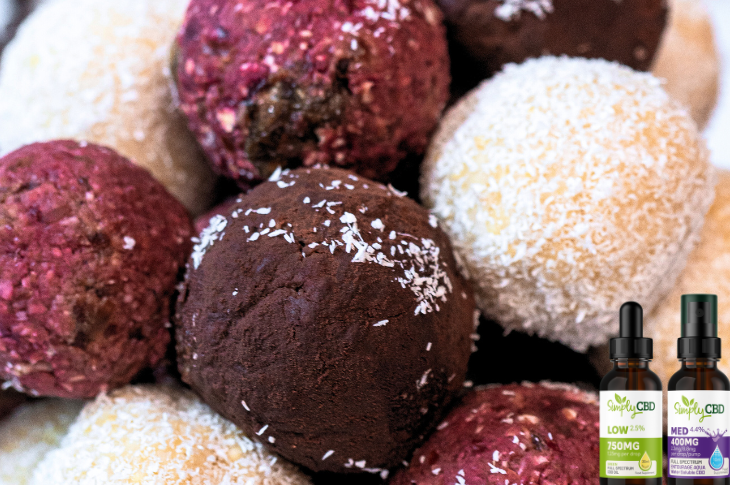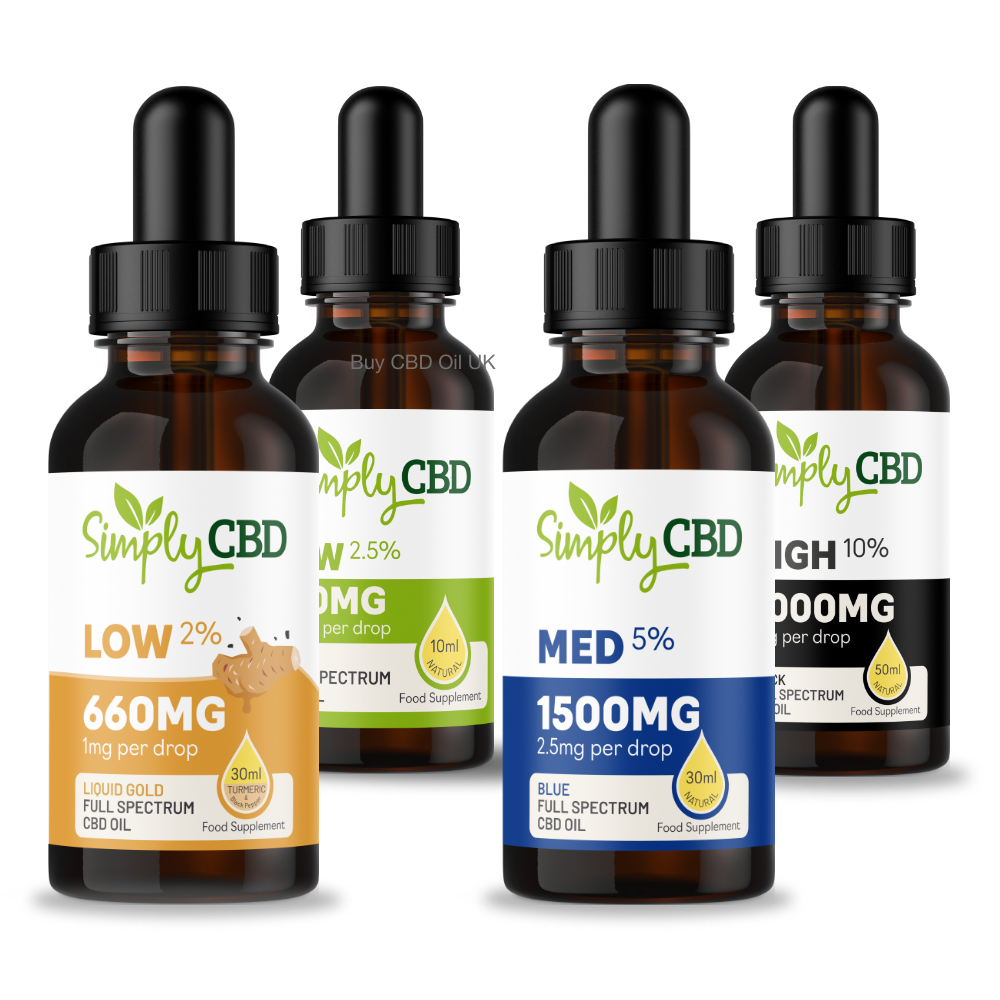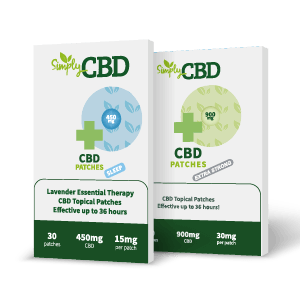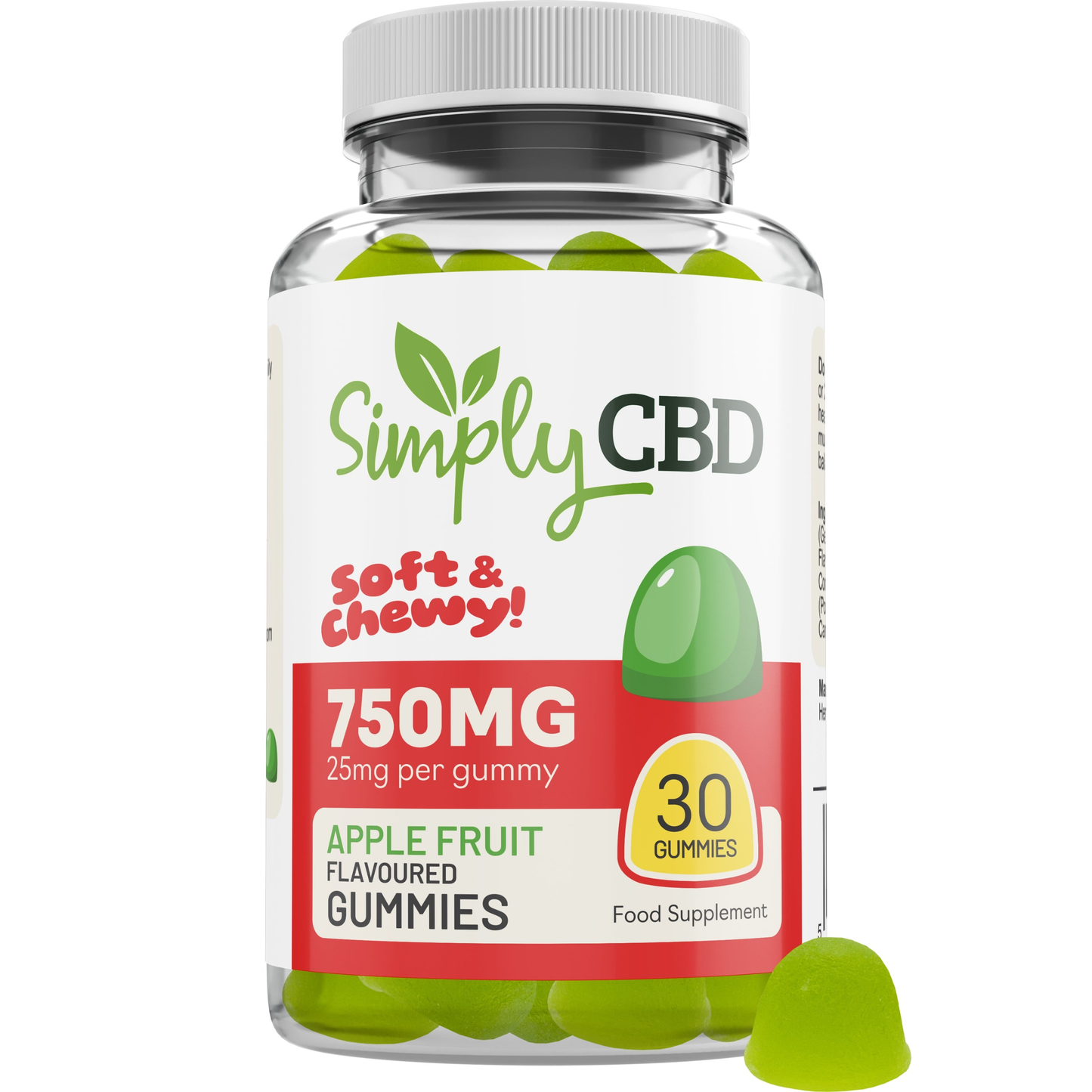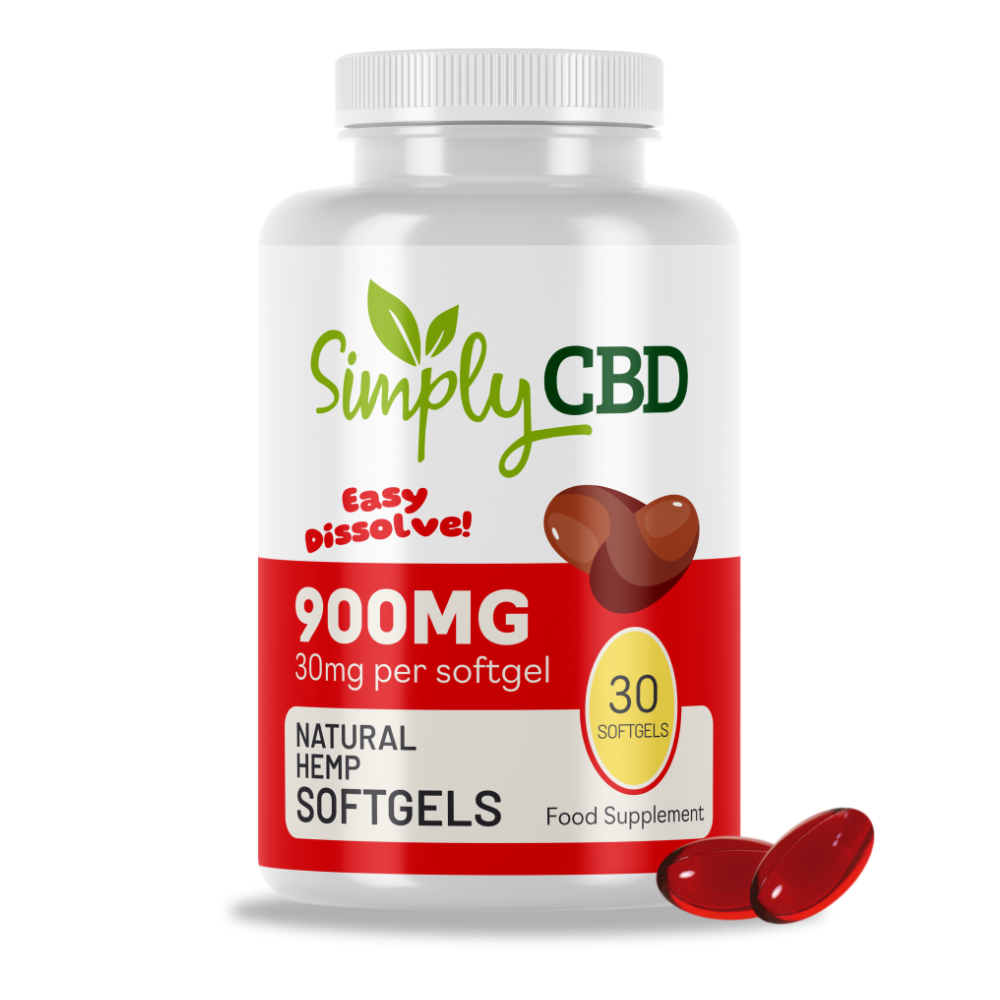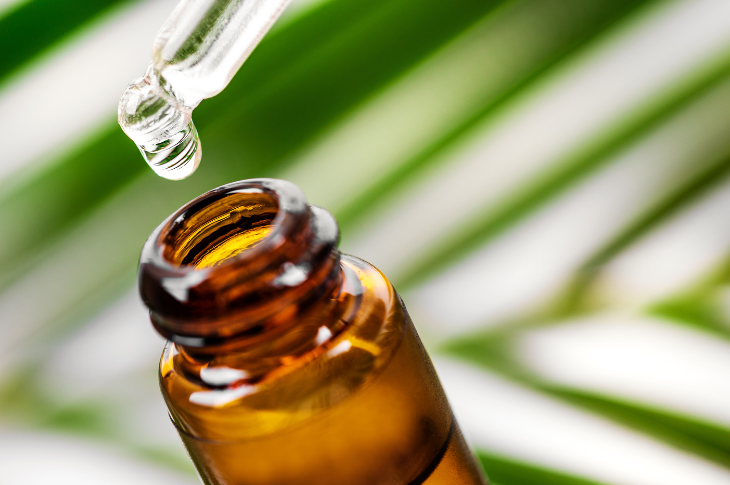
Some characteristics of CBD oils can change over time. Many of these changes are completely natural and do not indicate a decrease in quality or untimely expiry of the product. However, it’s completely understandable that some changes may seem alarming to users when they don’t know what to expect. Factors like storage conditions, light exposure, different batches, and many more can contribute to changes in a CBD oil’s smell, flavour, and/or appearance. This article covers all of the normal changes that can happen to CBD oil.
What is the normal colour of CBD oil?
There isn’t one colour that is the overarching ‘normal’ colour of CBD oil. This is because every CBD oil is different in its ingredients and manufacturing processes.
For those who are used to CBD oils with earthy colours, coming across a clear CBD oil may cause concern that its contents are incorrect. However, some CBD isolate oils are naturally clear in colour. This is partially due to the fact that pure CBD isolate has an absence of additional plant compounds, resulting in a white powdery consistency. Additionally, common carrier oils for isolate products, such as coconut oil, have a naturally clear appearance. The combination of the two can lead to a colourless product.
Broad and full spectrum oils typically, but not always, have a darker appearance of gold, brown, or green, with some even nearing shades of black. This is due to various factors, including naturally darker carrier oils and a more diverse range of cannabinoids and plant compounds. For those who are used to clear oils these colours may seem odd, but they're perfectly natural.
Oils with infusions are likely to differ in colour from standard CBD oils. For example, an oil with a turmeric infusion may take on a yellowy-golden appearance. Depending on the ingredients used, some CBD oil flavourings may also impact the colour of CBD oil. Additionally, different CBD extraction methods can result in different colours in the end product.
What are normal changes to CBD oils appearance?
Different carrier oils, plant compounds, infusions, cannabinoids, extraction methods, and natural chemical changes can all have an effect on the colour of CBD oil over time. Some CBD oils may also differ in colour from one batch to another, but this does not mean the difference indicates any issues. Additionally, storage conditions may impact the colour and consistency of some CBD oils.
As long as it’s not murky, dirty, mouldy, or especially thick and separated, changes to CBD oil's appearance are not typically anything to worry about. Here are some common changes to be aware of:
Pink colour change
While pink may seem like an unlikely colour for CBD oil, it can happen, particularly with CBD isolate oils that are originally clear. This is because common carrier oils, as well as hemp itself, contain polyphenol oxidase. When exposed to light and oxygen, this compound can cause CBD oil to turn a rosy pink colour. This may seem alarming, but it is completely natural and does not indicate that the oil has expired or will be less effective.
Brown/Black colour change
When CBD oil turns a darker brown or black colour, this may cause users to believe something is wrong. However, it is simply due to natural chemical reactions, not expiry or reduced potency. Various factors can lead to this change in colour, including storage conditions that impact its exposure to heat, light, and oxygen. As mentioned above, this darker colour is a common characteristic of full and broad spectrum CBD oils due to their variety of compounds and cannabinoids from hemp.
So, a darker colour than expected is no reason to fret or stop using the oil. The same goes for lighter or paler colours as well. It’s all simply part of the nature of some CBD oils due to the origins of their components. This is also often the reason some batches of CBD oil are darker, lighter, or different in colour than others.
Cloudiness
If a CBD oil appears cloudy, a user’s immediate thought is likely to be that it has expired. However, this is common when a CBD oil has been exposed to cold temperatures, as is a thicker texture. While we advise keeping CBD oil at room temperature, some users opt to keep theirs in the fridge, which is likely to cause a cloudy consistency. This, along with the associated thickness, should clear when the oil returns to room temperature. Even if a CBD oil isn’t kept in a fridge but has been stored in a cold room or area, cloudiness may occur. This is natural and not cause for any concern.

What is the normal scent and flavour of CBD oil?
The best way to describe both the flavour and scent of CBD oil is ‘earthy’. Some describe it as grassy, which makes sense considering its plant origins. Others may even have a slightly nutty flavour. This, of course, all applies to CBD oils that do not contain additional infusions or flavours. Common infusions and flavours, such as lemon and turmeric, will alter the taste and smell of the oil, in addition to its appearance in some cases. While the normal scent and flavour of CBD oils can differ, most have an element of earthiness.
What are normal changes to the scent and flavour of CBD oil?
In addition to appearance, the scent and flavour of CBD oil can differ between products and even different batches of the same product. As long as it doesn’t taste or smell rotten or foul, slight changes are not typically anything to worry about.
Stronger or weaker scent or flavour
Some products will have a stronger earthy scent than others, and the same applies to their flavour. This can be for various reasons, including different carrier oils, exposure to certain elements during storage (such as light and heat), and the cannabinoid content of the product. Additionally, different batches of the same product may have slightly stronger or weaker smells, but this does not indicate an issue with the batch or the oil.
Key takeaways
Here are the key points to remember about normal changes to CBD oil:
- There is no standard colour for all CBD oils as the colour can differ between products and even batches of the same product.
- CBD isolate oils typically have a clear or lighter appearance while broad and full spectrum oils usually have a golden/green/brown colour, although this is not always the case.
- Colour changes including gold, pink, brown, and black are all normal and do not indicate an issue with the product.
- Changes to the appearance of CBD oil can happen for various reasons, including storage conditions and natural chemical reactions.
- CBD oils can become cloudy when stored in cold conditions, which is harmless and should resolve after returning to room temperature.
- The scent and flavour of CBD oils is typically described as earthy, grassy, or nutty, but this can differ between oils or even different batches of the same oil.
- Stronger or weaker scents or flavours than usual is not a cause for concern and is likely due to natural chemical reactions.
- Flavourings and infusions can alter the scent, flavour, and colour of CBD oil.
- Unless the oil smells or tastes rotten or foul, or has become especially thick, separated, or murky, or has a dirty/mouldy appearance, changes to CBD oil are not typically cause for concern.





